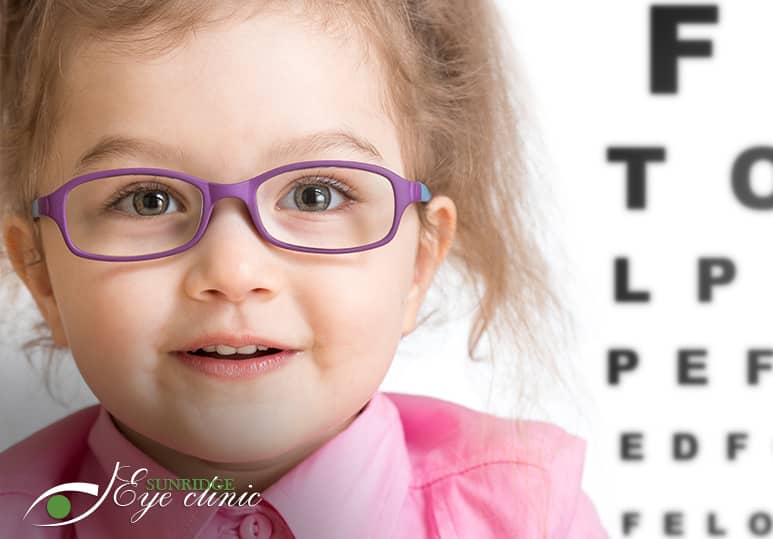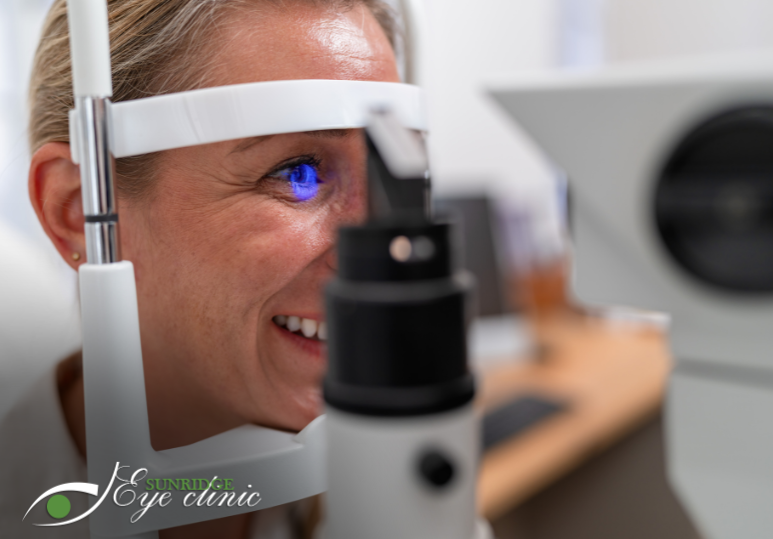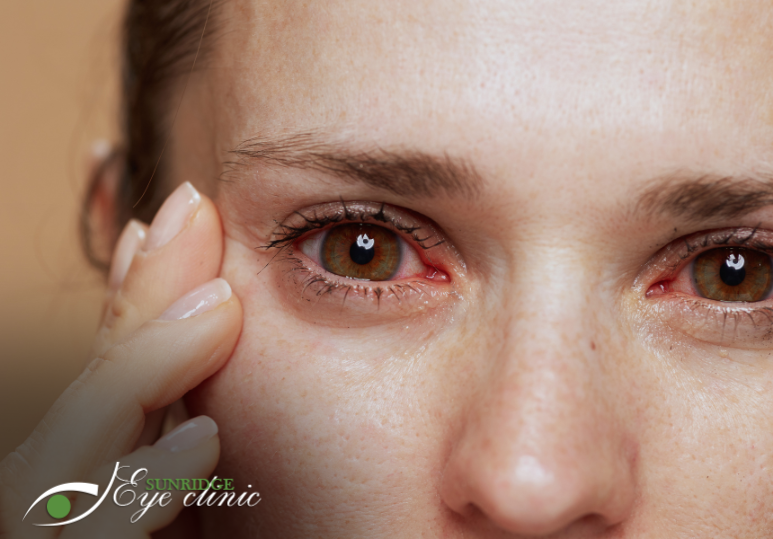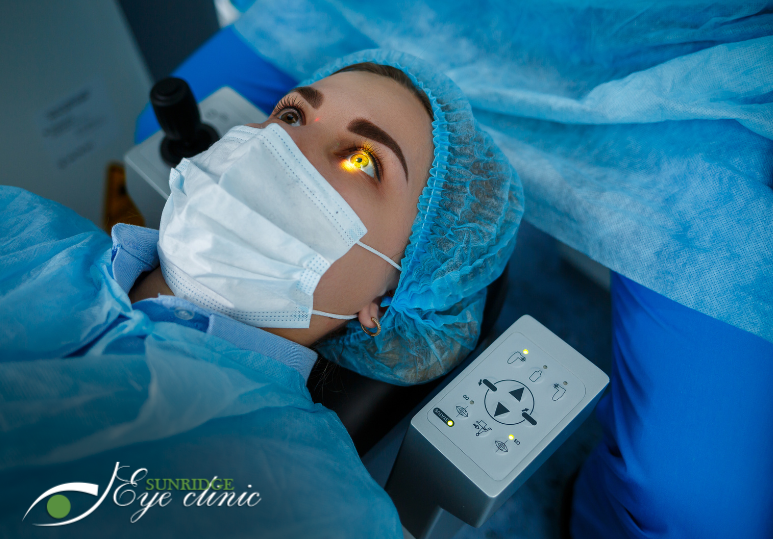When Should My Child Get An Eye Exam?
As recommended by the Alberta Association of Optometrists, your child should receive their first eye exam between the ages of 6-9 months, their second eye exam between the ages of 2-5, and once every year after that. The earlier a vision problem can be detected by your optometrist, the easier it will be to treat. This also means that your child will be less likely to suffer from learning challenges such as the inability to read that can cause them to fall behind in school if their vision is corrected as soon as possible.
Common Vision Problems Among Children
Common eye health and vision problems among children include:
Amblyopia (Lazy Eye)
Amblyopia, also known as lazy eye, is a condition in which one or both eyes do not develop normal vision due to various factors that cause the visual part of the brain to function abnormally. This results in the weakening of one or both eyes causing a lazy eye appearance and can lead to long-term vision problems. If recognized early, amblyopia responds well to treatments such as prescription eyeglasses, patching, eye drops, and in rare cases surgery.
Astigmatism, Farsightedness, And Nearsightedness
All three of these conditions or refractive errors are common among both children and adults. They are most often caused by abnormalities in the surface of the eye that prevent light from being correctly focussed on the retina. The most common correction for these conditions includes prescription glasses or contact lenses.
Pediatric Glaucoma
Glaucoma is a condition associated with increased pressure within the eye. It is commonly only found in older adults, however, in some cases can be observed in young children. The pressure can damage the optic nerve, which is critical for healthy vision and can cause permanent vision loss. Signs and symptoms of pediatric glaucoma include cloudy corneas, tearing, frequent blinking, light sensitivity, and redness of the eye. Prescription eye drops are a common treatment for pediatric glaucoma as well as laser treatments for more complex cases.
Comprehensive Eye Exams Vs. Vision Screenings
Routine children's eye exams are done to evaluate the overall health of your child's eyes and vision. Some schools may provide vision screening exams, but it is important to note that these screenings are not the same as a comprehensive eye exam performed by an optometrist. An optometrist not only looks at your child's vision, but they also look at their eye health using special instruments, tools, and knowledge in which school-provided screenings cannot accomplish. Taking a close look at your child's eye health can also give insight into other potential health problems they may be suffering from such as diabetes by looking at signs in the blood vessels in their eyes.
An eye doctor will also be able to analyze how your child's eyes move when reading, how well the eyes work together, and how easily and quickly they can change focus from looking at a book to looking at a board at the front of the room. All of these tests will help indicate to your optometrist any vision problems your child may have and will allow them to develop a treatment plan to help your child see clearly.
Book Your Child’s Eye Exam Today!
Poor vision can lead to poor performance in school for your child. Undiagnosed vision problems can cause your child to fall behind in school leading to learning disadvantages and possible behavioral problems. Common vision problems in children can be easily corrected with prescription glasses, contacts, or patches. Be proactive and book your child in for a comprehensive eye exam before their educational journey begins in school.
If your child is about to begin attending school, book a comprehensive children's eye exam with one of our Calgary Optometrists to help your child be prepared and excel in their learning environment. Our team of Calgary eye doctors will be able to assess your child's vision and eye health through a children’s eye exam to provide them with an optimal course of treatment to help restore their vision.
Book your child’s comprehensive eye exam today by calling 1-403-280-7518 or book online.
FAQ
Q: Do the tests performed by an optometrist hurt or cause discomfort to my child?
A: Exams performed by optometrists will not cause any pain or discomfort to your child. If your child is agitated or feeling discomfort at any point during the exam, let your optometrist know and they will adjust their methods to make your child feel more comfortable.
Q: How long is a comprehensive eye exam?
A: A children’s eye exam will last anywhere from 30 minutes to an hour depending on the tests performed by your optometrist.
Q: What are the common signs of vision problems I should watch for in my child?
A: Common signs of vision problems include:
- Squinting
- Holding objects too close to their face to see them
- Sitting very close to the TV
- Covering one eye when looking at something
- Crossed eyes
- Excessive blinking or eye rubbing
- Poor coordination and balance
- Complaints of headaches, blurred vision, or double vision






